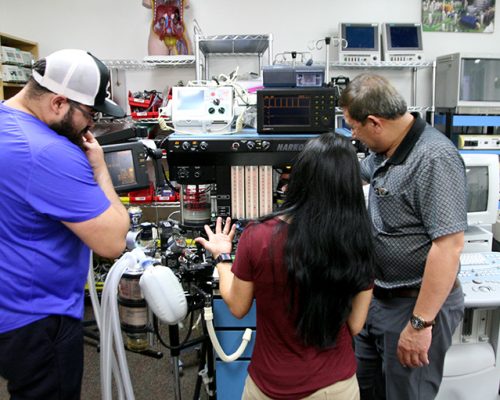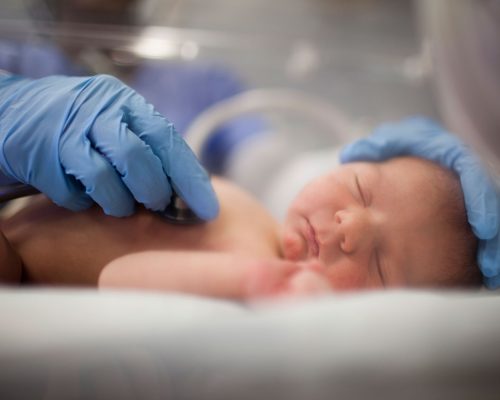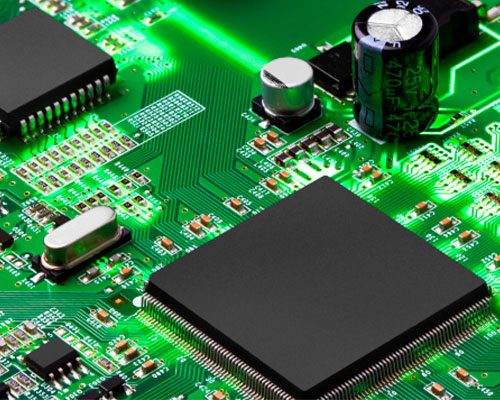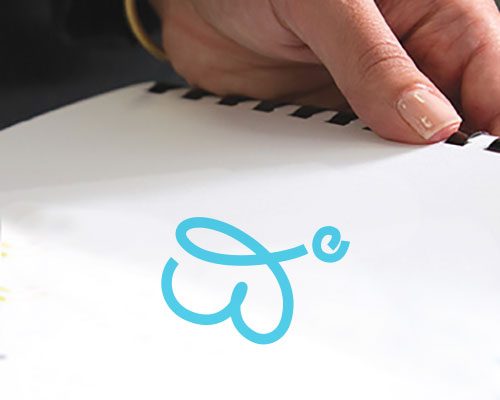Proper infant positioning is crucial for a baby’s healthy development. It affects their physical growth, cognitive skills, and overall well-being. This blog aims to provide parents and caregivers with essential information and best practices for positioning infants in the Neonatal Intensive Care Unit (NICU) and how to use aids from International Biomedical for optimal development while receiving medical attention.
Understanding Infant Positioning
Infant positioning refers to a baby’s strategic placement and support in various postures to promote healthy development. Keeping a newborn or infant in one position for too long can cause health issues. For example, plagiocephaly, or flat head syndrome, is a common and treatable condition that results from a baby’s head receiving too much pressure on one side. Varying a baby’s position can prevent them from experiencing delays in their developmental milestones while receiving medical treatment in the NICU.
Benefits of Infant Positioning
Improves Respiratory Function
One of the primary benefits of infant positioning is improving respiratory function. By positioning infants in a way that supports their natural posture, healthcare providers can facilitate better lung expansion and oxygenation. This is particularly important for preterm infants, who often have underdeveloped lungs and may struggle with breathing. Specific positioning techniques, such as prone (tummy time) positioning, can improve oxygenation and reduce the work of breathing, which helps stabilize the infant’s respiratory status.
Prevents Gastrointestinal Distress
Proper positioning plays a crucial role in preventing and managing complications such as gastroesophageal reflux disease (GERD). Infants who are positioned correctly are less likely to experience reflux, which can cause discomfort and potential feeding issues. Keeping the infant’s head elevated and ensuring they are in a semi-upright position during and after feeding can minimize the risk of reflux, promoting better feeding tolerance and growth.
Encourages Musculoskeletal development
Musculoskeletal development is another significant area where infant positioning makes a profound difference. In the NICU, positioning aids and strategies are used to mimic the natural womb environment, promoting normal musculoskeletal alignment and development. This helps prevent conditions such as flat head syndrome and torticollis (twisted neck), which are common in preterm infants due to prolonged periods of lying in the same position. Proper positioning encourages symmetrical development and supports the infant’s ability to move freely, fostering motor skills development.
Reduces Emotional Distress
Correct positioning also has a positive impact on neurodevelopmental outcomes. Positioning that supports the infant’s head and body alignment helps reduce stress and promotes calmness, which is vital for brain development. Reducing unnecessary stress and promoting a calm environment are essential for the development of preterm infants, as stress can negatively impact their overall growth and neurological outcomes. NICU staff can facilitate the infant’s neurodevelopmental trajectory by providing a supportive and nurturing positioning environment.
Keeps Neonates Comfortable During and In-Between Medical Procedures
Finally, infant positioning contributes to the overall comfort and well-being of the infant. By ensuring that the infant is comfortable and secure, healthcare providers can reduce the infant’s stress levels and improve their ability to rest and sleep. Adequate sleep is crucial for growth, brain development, and recovery from illness. Comfortable positioning also allows for better interaction and bonding with parents, which is essential for emotional and social development.
Monitoring and Adjusting Positioning as Baby Grows
Developmental Milestones
As infants grow, their positioning needs will change. Key milestones to watch for include head control, rolling over, and sitting up. Adjust positioning techniques to support these developmental stages.
Signs of Discomfort or Issues
Be attentive to signs that the infant may be uncomfortable or improperly positioned. These signs include excessive fussiness, poor sleep, or physical signs like redness or pressure marks. Consult a healthcare professional if you notice any of these signs.
Adjusting Techniques
Regularly adjust positioning techniques to accommodate the infant’s growth. For example, increase tummy time as they develop stronger neck and shoulder muscles, and introduce new positions that support their emerging skills.
Infant Positioning Aids Manufactured by International Biomedical
Gel-E Donuts
Gel-E Donuts are specialized positioning aids designed to offer gentle, cushioned support to infants in the NICU. These aids are crafted from soft gel material, providing a comfortable resting surface that helps to distribute pressure evenly. This distribution helps prevent pressure sores and other complications associated with prolonged immobility. The donut shape cradles the infant’s head and body, promoting proper alignment and reducing the risk of head flattening and other deformities.
Squishon Gel Pillows
The Squishon Gel Pillows are specially designed to provide soft, adaptable support for infants in the NICU. These flexible gel pillows can be shaped to fit around the infant’s body, ensuring a comfortable and secure positioning. The soft gel material helps evenly distribute pressure, which is crucial in preventing pressure sores and other complications. Squishon Gel Pillows support different parts of the infant’s body, including the head, neck, and limbs, promoting proper alignment and comfort.
Squishon Gel Mattress
The Squishon Gel Mattress offers comprehensive support and comfort for infants in the NICU. This gel mattress provides a cushioned, supportive surface that adapts to the contours of the infant’s body, ensuring even pressure distribution. The Squishon Gel Mattress also helps maintain proper body alignment and provides stability for overall comfort and well-being.
SnuggleUp
The SnuggleUp creates a cozy and supportive nest that helps maintain proper alignment and stability for the infant’s head, body, and limbs. By mimicking the protective environment of the womb, the SnuggleUp helps soothe and calm infants, promoting restful sleep and reducing stress. It supports proper musculoskeletal development and prevents conditions such as plagiocephaly by encouraging varied positioning.
Better Bendy Bumper
The Better Bendy Bumper provides customized support for infants in the NICU. This flexible device can be shaped and adjusted to fit the needs of each infant, offering gentle but firm boundaries to promote proper positioning and alignment. By creating a defined, cozy space, the Better Bendy Bumper helps reduce stress and movement. It maintains the infant’s body in a stable and secure position while in use.
Prone Plus
The Prone Plus provides support for infants in the prone position, which is lying on their stomachs. This aid is particularly beneficial for aiding respiratory function and promoting lung development. The Prone Plus provides gentle support to the infant’s chest and abdomen, ensuring proper alignment and reducing the risk of pressure sores. Made from soft, comfortable materials, it helps maintain the infant’s stable and secure position, thereby minimizing movement and promoting a sense of security.
Frederick T. Frog
Frederick T. Frog is an innovative positioning aid designed to provide comfort and support. Frederick T. Frog is made from soft, pliable materials that conform to the infant’s body, providing a cushioned, comfortable surface. It aids in preventing pressure sores and promotes proper musculoskeletal development by encouraging natural and healthy postures. Additionally, its playful design helps to create a more comforting and less clinical environment for the infants.
Promote Ideal Infant Positioning in the NICU with Infant Positioning Aids from International Biomedical
Proper infant positioning is vital for your baby’s healthy development. These infant positioning aids play a crucial role in improving the health and development of infants in the NICU by providing targeted support and promoting proper positioning. You can visit our developmental care page for more information on our positioning aids. For more guidance or support, contact International Biomedical.









